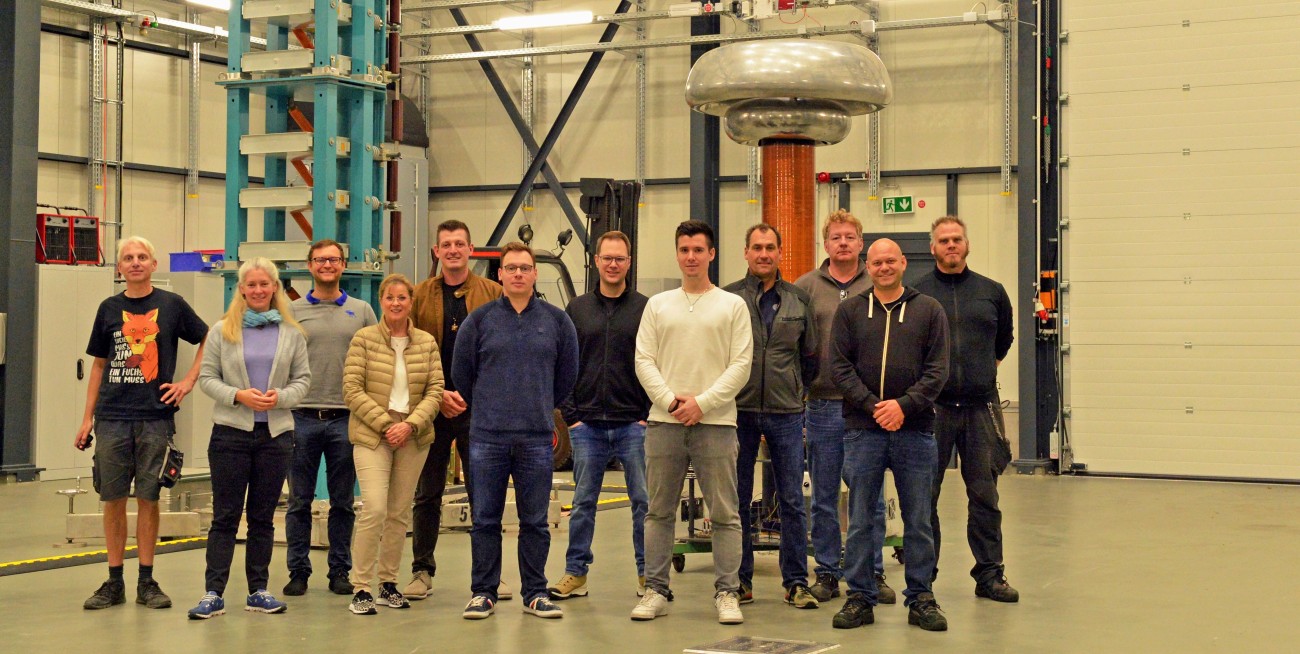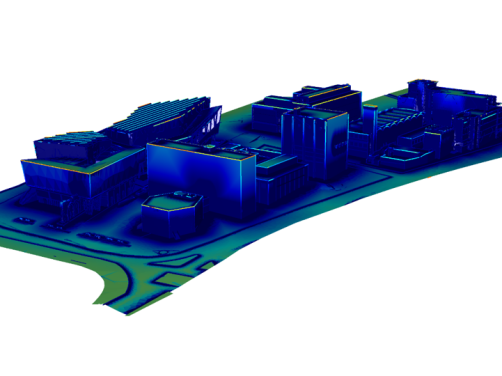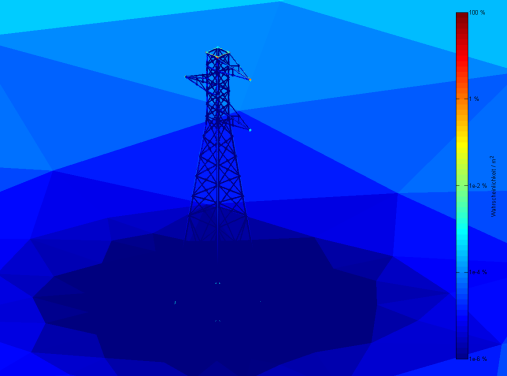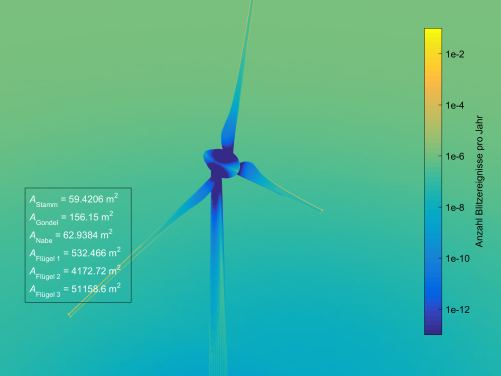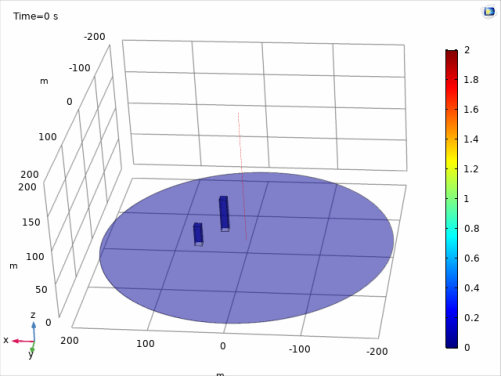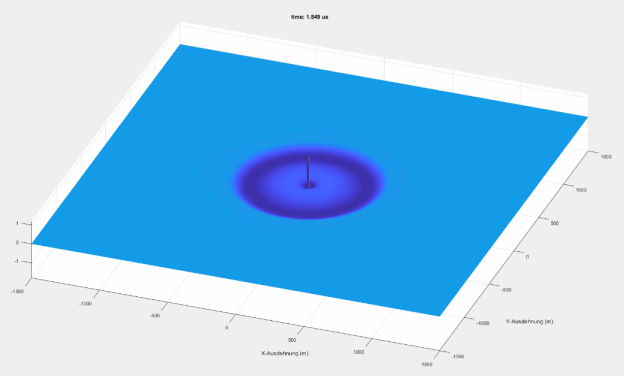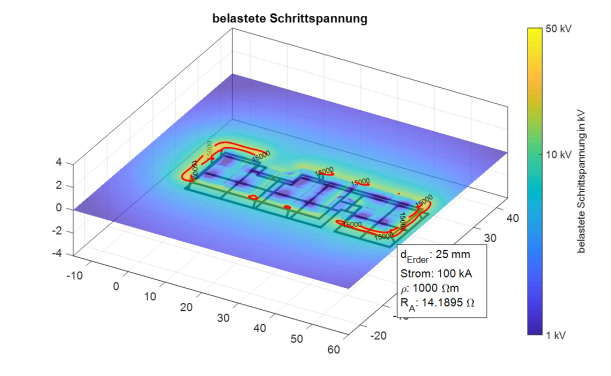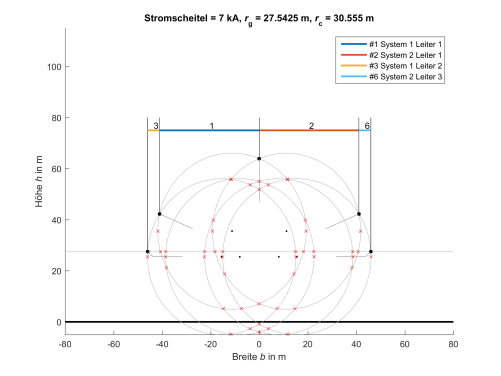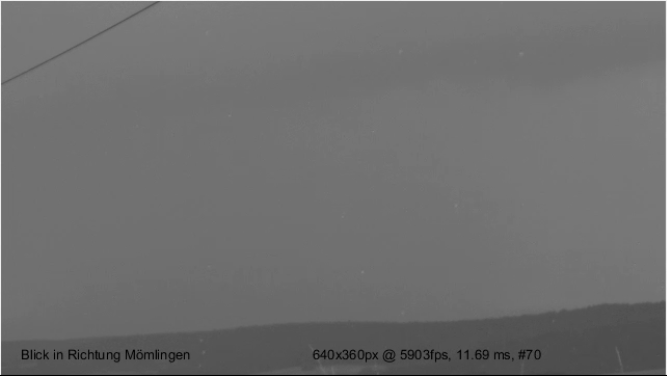Dr.-Ing. Martin Hannig
Lightning physics and lightning protection
Contact
work +49 6151 16-20432 (Sekretariat)
|
Lightning discharges are one of the main threats for human beings, buildings, electronics and cultural heritage. The lightning flash itself owns many influencing parameters, which are statistically distributed over a wide range. This issue makes it hard to cover all effects of this event. Today there are lightning protection concepts known, which take most of the effects into account. These concepts are summarized in the standards. In the course of the technichal development, electronic devices get more sensitive (e.g. for mobile communication), new materials are brought to vehicle and plane construction, which have no current conductive characteristcs anymore and there are wind farms which produce upward lightning with new charge transferring components. Because lightning is a very huge event, which happens in a short period of time and covers many different multiphysic issues, there are no opportunities of simulating the whole event in the laboratory. Only some aspects can be reproduced and therefore extrapolating these findings into nature is always controversial. To overcome this issue measurements are needed, in order to reproduce and describe the behavior and effects which are associated with the lightning incidence. |
| In the standards the rolling sphere model is proposed, which is based on the most commonly used model – the electro-geometrical model. However, computing power gets more available during recent years, leader progression models get more and more popular. These models take into account the approach of a simplified leader and calculate individual striking distances for a structure (e.g. Rizk Model, SLIM Model). Such simulations take many different features, like field intensification or voltages (in case of transmission lines) into account. Another opportunity which arises during recent years is further development of the EGM, which is called the dynamic electro-geometrical model. A further development of the method, the enhanced dynamic electro-geometrical model, which is capable to deal with 3D geometries was developed at the high voltage department of the TU Darmstadt. Hereby the weighted interception areas from CAD structures are analysed and lead to a procentual interception efficiency. |
| When lightning strikes an object direct or in direct vicinity electro-magnetic fields develop. These fields are able to intrude into structures or devices, where over voltages may arise and travel along lines. These voltages can lead to dangerous failures. It is important to prevent the over voltages or even design a proper surge protection. For calculation of these effects, stationary solvers most of the time are not sufficient. Because of that other calculation methods are used, like the FDTD, MOM and the TLM method. |
| A proper grounding system is a very important part of any lightning protection system. Hereby the ground potential rise is very important in order to prevent dangerous over voltages. However, there are some more effects that are very dangerous for human beings, like step voltages, even touch voltages and even side flashes. To cover these issues a new methodology was proposed, from which the step voltages on flat ground can be calculated analytically very accurate and fast even for very complex grounding systems. |
| One of the biggest motors for lightning protection is the protection of transmission lines. The uninterrupted service of power is very important today and due to the fact transmission lines are very tall and spread all over the world, they are likely hit by lightning. Three major failures are known which occur different, depending on the line parameters. There are induced voltages (smaller lines with low CFOs for the insulators), shielding failures (the phase conductor is reached directly by the lightning strike) and back flash overs (shielding wire is hit and the potential rise may lead to a flash over if the current is too steep and/or hight in amplitude). Herby very complex simulations (e.g. ATP/EMTP) with the use of the Monte Carlo Simulations are conducted, taking into account different lightning parameters. |
| Under the influence of a negative downward leader pre-discharges develop on the tip of a lightning rod, and as a result an upward moving connecting leader is incepted. This leader may reach the downward leader and in consequence defines the point of strike of the lightning. To investigate the complex mechanisms, which comply with the inception of a successful connecting leader a measuring concept, which will be capable to measure pre-discharges on veritable lightning rods under the influence of natural lightning leaders, as well as the first return stroke was developed. The intention is to learn more about the process how pre-discharges are generated under the influence of lightning leaders. |

Error on loading data
An error has occured when loading publications data from TUbiblio. Please try again later.
-
; {{ creator.name.family }}, {{ creator.name.given }}{{ publication.title }}.
; {{ editor.name.family }}, {{ editor.name.given }} (eds.); ; {{ creator }} (Corporate Creator) ({{ publication.date.toString().substring(0,4) }}):
In: {{ publication.series }}, {{ publication.volume }}, In: {{ publication.book_title }}, In: {{ publication.publication }}, {{ publication.journal_volume}} ({{ publication.number }}), ppp. {{ publication.pagerange }}, {{ publication.place_of_pub }}, {{ publication.publisher }}, {{ publication.institution }}, {{ publication.event_title }}, {{ publication.event_location }}, {{ publication.event_dates }}, ISSN {{ publication.issn }}, e-ISSN {{ publication.eissn }}, ISBN {{ publication.isbn }}, DOI: {{ publication.doi.toString().replace('http://','').replace('https://','').replace('dx.doi.org/','').replace('doi.org/','').replace('doi.org','').replace("DOI: ", "").replace("doi:", "") }}, Official URL, {{ labels[publication.type]?labels[publication.type]:publication.type }}, {{ labels[publication.pub_sequence] }}, {{ labels[publication.doc_status] }} - […]

